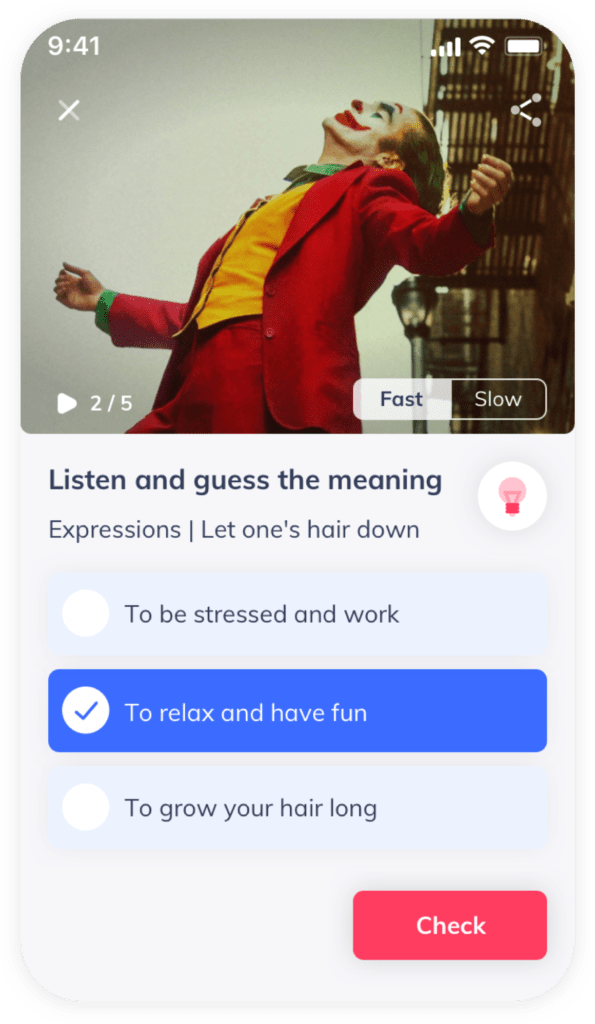After our post on idioms last week, this week it’s time we talked about Phrasal verbs!
Just like with idioms, it seems you either love them or you hate them, but of course, they are necessary and are without a doubt a supremely important part of learning English that we just can’t ignore.
Today we are going to focus on understanding what a phrasal verb is and the different types there are. This is essential, as a lot of the time students jump straight into learning phrasal verbs but they don’t understand what a transitive phrasal verb is, an intransitive one, if they are separable, inseparable, etc.
So, what is a phrasal verb? it is a phrase that consists of a verb with a preposition or adverb or both, the meaning of which is different from the meaning of its separate parts. Basically a verb followed by a particle, which could be a preposition or adverb or both.
There are four different types of phrasal verbs, we can have:
- Transitive Phrasal verbs
- Intransitive PV
- Separable PV
- Inseparable PV
As we will now see, some phrasal verbs can appear in a few different groups, as they can be both transitive, inseparable and separable for example, depending on the phrasal verb itself.
Separable Phrasal Verbs
A separable Phrasal verb means that it can be separated by another word that goes in between the verb and the particle. This word is usually the subject that the phrasal verb is referring to.
For example: ‘I need to put my jacket on’-> In this case, ‘jacket’ is in between the phrasal verb.
What’s important to understand here, is that although a phrasal verb can be separable, it doesn’t actually have to be.
So we could say, ‘I need to put on my jacket’. In this case, jacket is placed after the phrasal verb.
Inseparable Phrasal Verbs
An inseparable Phrasal verb is simply a phrasal verb that can’t be separated. This means that the verb and the particle need to be together and nothing can go in between to separate them like we saw in the previous examples.
For example: ‘I am looking for my dog’
This is inseparable, we can’t say ‘I am looking my dog for’ ❌
Transitive Phrasal Verbs
Transitive Phrasal verbs are PV that need an object to complete their meaning. This means that we can’t just leave a phrasal verb by itself, it needs an object to refer to.
For example: ‘I’m looking for‘ is an inseparable phrasal verb, but it is also transitive because it needs extra information to be correct, we can’t just say ‘I’m looking for’ we need to know what we are referring to.
For example: ‘I am looking for my dog’
Transitive PV can also be separable or inseparable.
For example: ‘Put on my jacket’, ‘put my jacket on’.
Intransitive Phrasal Verbs
Intransitive Phrasal verbs can’t have a direct object after them. Of course, they can be followed by other information, but never an object.
For example: ‘My car broke down on the way to work’.
We could just say ‘my car broke down’, ending the sentence with a phrasal verb and it would be correct, but if we do want to add information we can do so, just never a direct object.
Intransitive PV can be separable or inseparable, depending on the phrasal verb.
For example: ‘Grow up’ is an intransitive PV but it is inseparable. ‘Slow down’ is an intransitive PV but it is actually separable. ‘Slow the car down’.
So now you know all the ins and outs of phrasal verbs, and you are already one step ahead of many other students who decide to skip this part!
Make sure you tune in next week for a mini-lesson on the best strategies and methods to learn phrasal verbs. In the meantime, check our latest Wannalesson in which we cover this topic in more detail.
If you want to start practicing everything you have learned today, make sure you download our free Wannalisn app, the perfect way to learn English while having fun!









